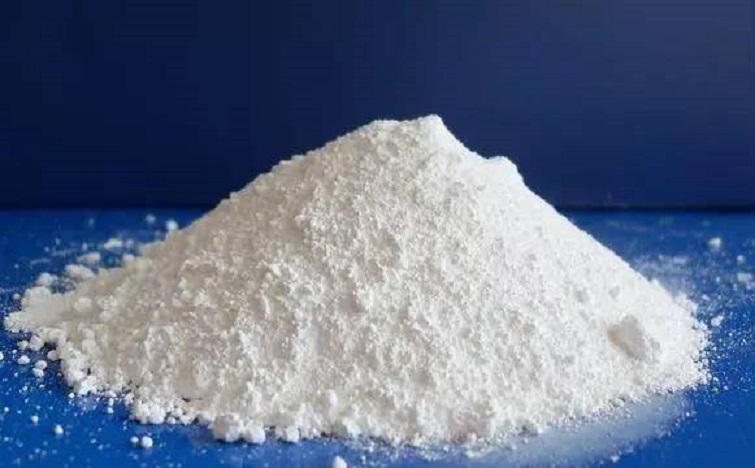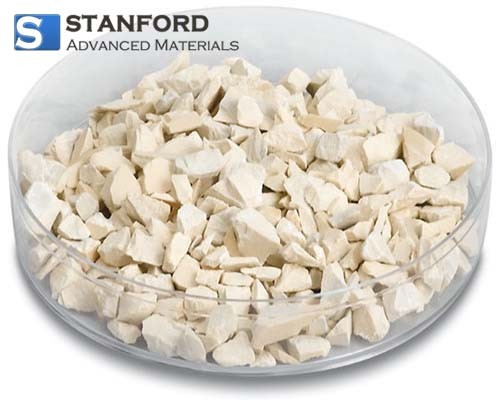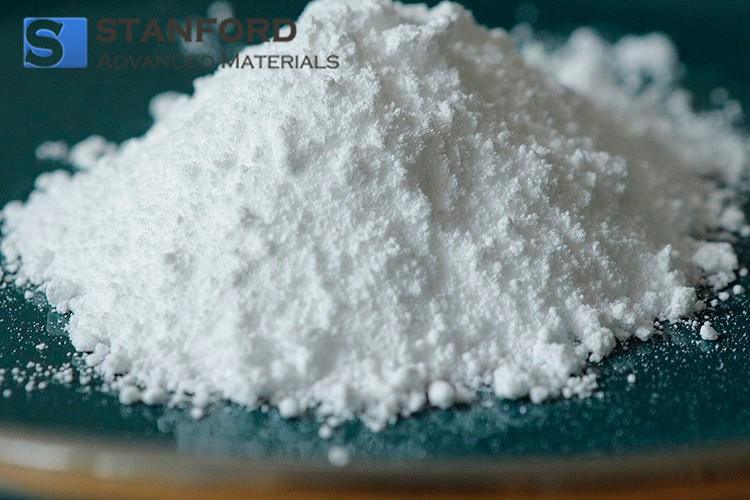Application Of Titanium Dioxide In The Plastic Industry
Titandioxid is used as a white pigment owing to its opacity. It is applied in coatings, plastics, paper manufacturing, inks, chemical fibres, rubber, cosmetics and other industries. The plastics industry is the second largest consumer of titanium dioxide. Of the more than 500 titanium dioxide brands available globally, over 50 are designated solely for plastics.

Application of Titanium Dioxide
The incorporation of titanium dioxide in plastics improves heat resistance, light resistance and weather resistance. This addition protects the plastic products against ultraviolet radiation and enhances their mechanical and electrical properties.
Overview of the Applications of Titanium Dioxide in the Plastics Industry
Titanium dioxide is used in nearly all thermoset and thermoplastic plastics, for example in polyolefins (predominantly low‐density polyethylene), polystyrene, ABS and polyvinyl chloride. It may be blended with dry resin powder or with plasticiser‐containing liquids. Some plastic manufacturers process titanium dioxide into a masterbatch before utilisation.
Since the coating film on plastic products is considerably thicker than that applied to paint or ink, a high pigment volume concentration is not required. Furthermore, titanium dioxide exhibits considerable covering power and tinting strength. The typical dosage amounts to only 3 % to 5 %.
Most titanium dioxides for plastics possess relatively fine particle sizes. Typically the particle size in coatings is between 0.2 and 0.4 μm, whereas for plastics it ranges from 0.15 to 0.3 μm. This maintains a blue base phase that covers most resins which display a yellowish tint or tend to yellow over time.
Titanium dioxide intended for standard plastics generally does not undergo surface treatment. It is conventionally coated with inorganic substances such as hydrated aluminium oxide, achieving an adsorption equilibrium of approximately 1 % water at a relative humidity of 60 %. When plastics are extruded at high temperatures, water evaporation can cause pores to form on the smooth surface.
With the ongoing expansion in the use of plastic products, many items for outdoor applications – including plastic doors, windows, building materials and other exterior products – require high weather resistance. Consequently, in addition to using rutile titanium dioxide, a surface treatment is required. In these cases, zinc is not added. Silicon is employed because of its hydrophilic and moisture-absorbing properties, thereby preventing pores that may form as a result of water evaporation during high-temperature extrusion.
Titanium dioxide plays a defined role in the plastics industry and offers a wide range of applications. It is expected that the titanium dioxide industry will develop further as the plastics sector grows.
Conclusion
We thank you for reading this article. We trust it has enhanced your understanding of the application of titanium dioxide in the plastics industry. Should you require further details on titanium products such as titanium dioxide, Titanrohre and Titanstäbe, please visit Stanford Advanced Materials (SAM) for additional information.
Stanford Advanced Materials (SAM) supplies titanium products that comply with the standards for research, development and production requirements. Regular evaluations of these manufacturers and detailed reviews of their production methods, quality control protocols, administrative and management processes have established a reliable collaboration with customers. Therefore, SAM is anticipated to be your preferred supplier and business partner for titanium products.

 Bars
Bars
 Beads & Spheres
Beads & Spheres
 Bolts & Nuts
Bolts & Nuts
 Crucibles
Crucibles
 Discs
Discs
 Fibers & Fabrics
Fibers & Fabrics
 Films
Films
 Flake
Flake
 Foams
Foams
 Foil
Foil
 Granules
Granules
 Honeycombs
Honeycombs
 Ink
Ink
 Laminate
Laminate
 Lumps
Lumps
 Meshes
Meshes
 Metallised Film
Metallised Film
 Plate
Plate
 Powders
Powders
 Rod
Rod
 Sheets
Sheets
 Single Crystals
Single Crystals
 Sputtering Target
Sputtering Target
 Tubes
Tubes
 Washer
Washer
 Wires
Wires
 Converters & Calculators
Converters & Calculators
 Write for Us
Write for Us


 Chin Trento
Chin Trento



